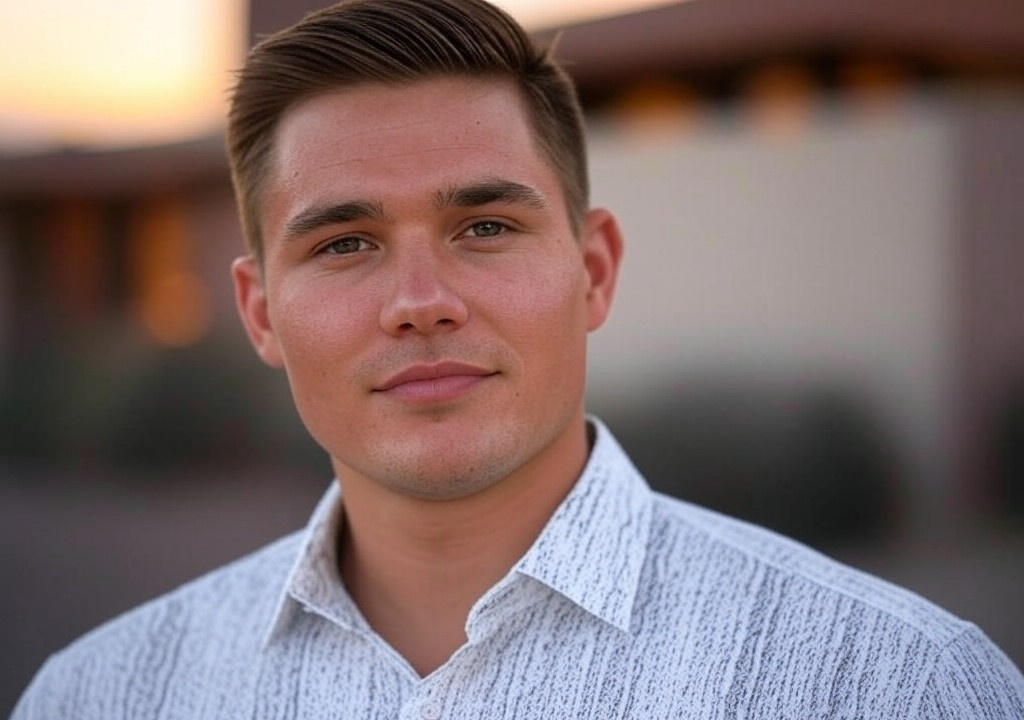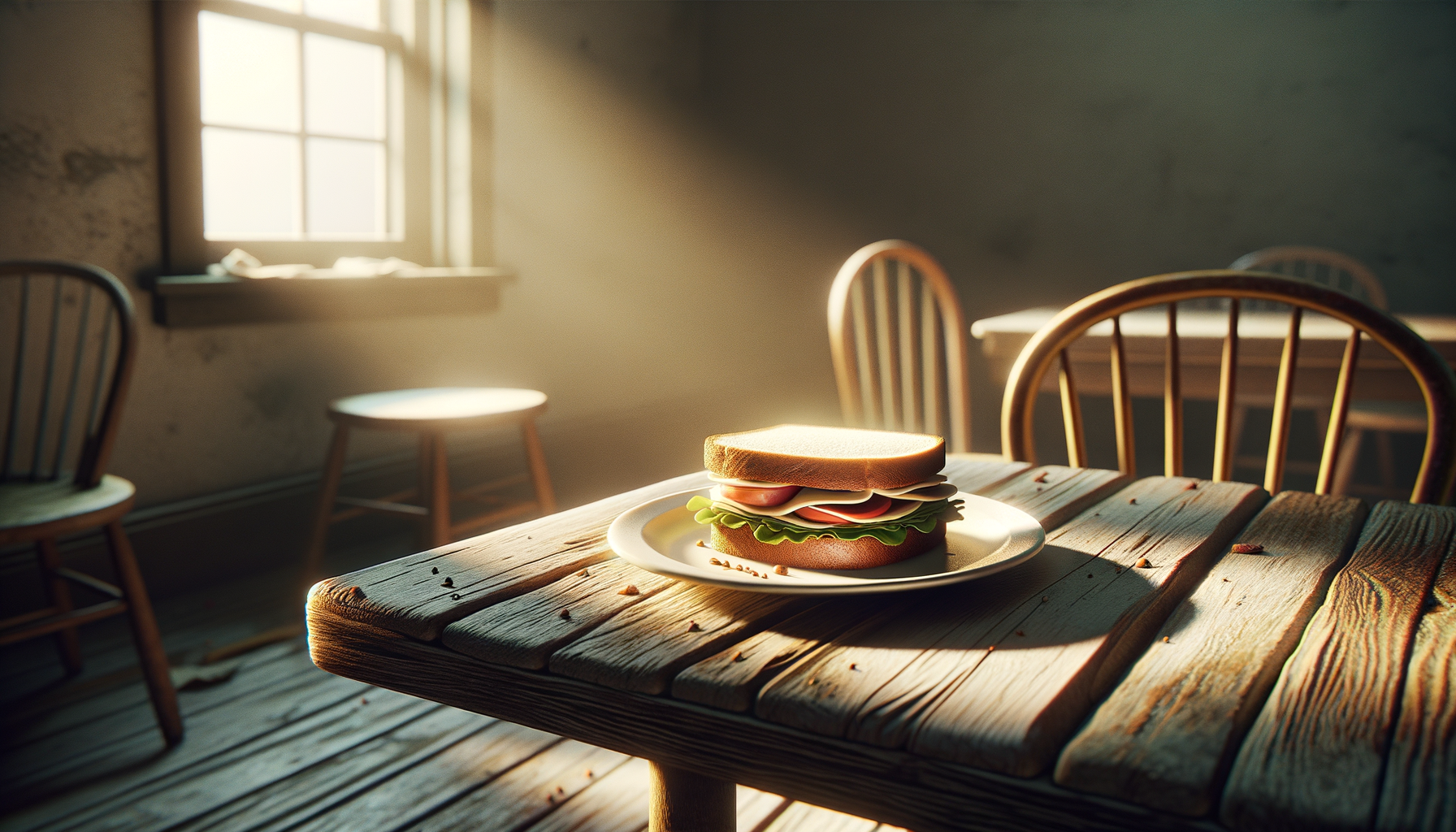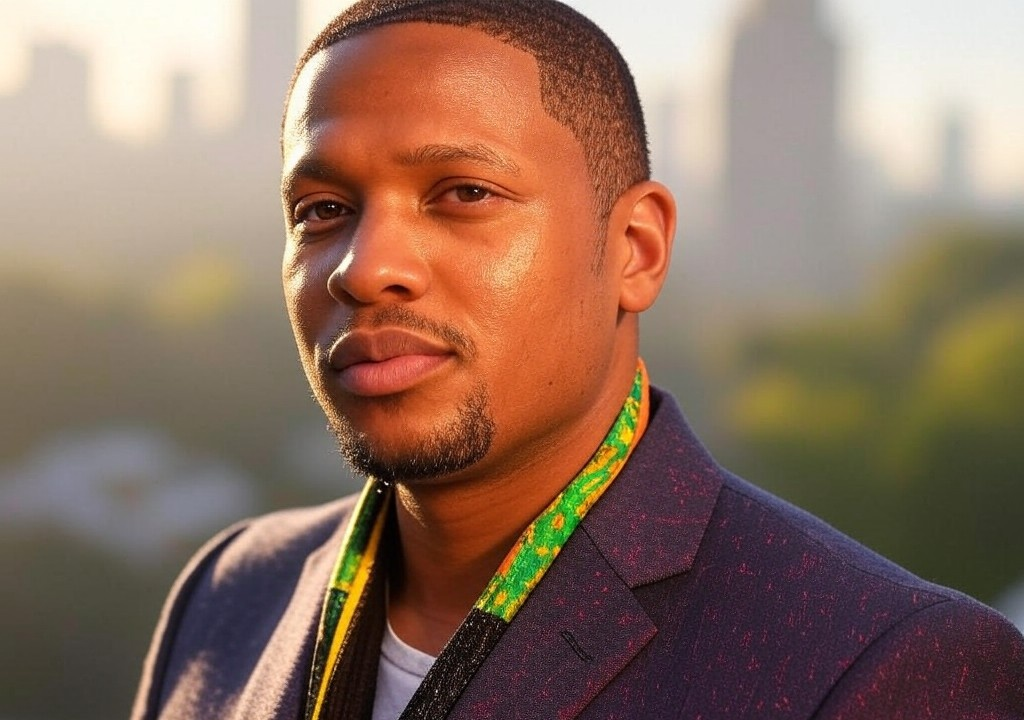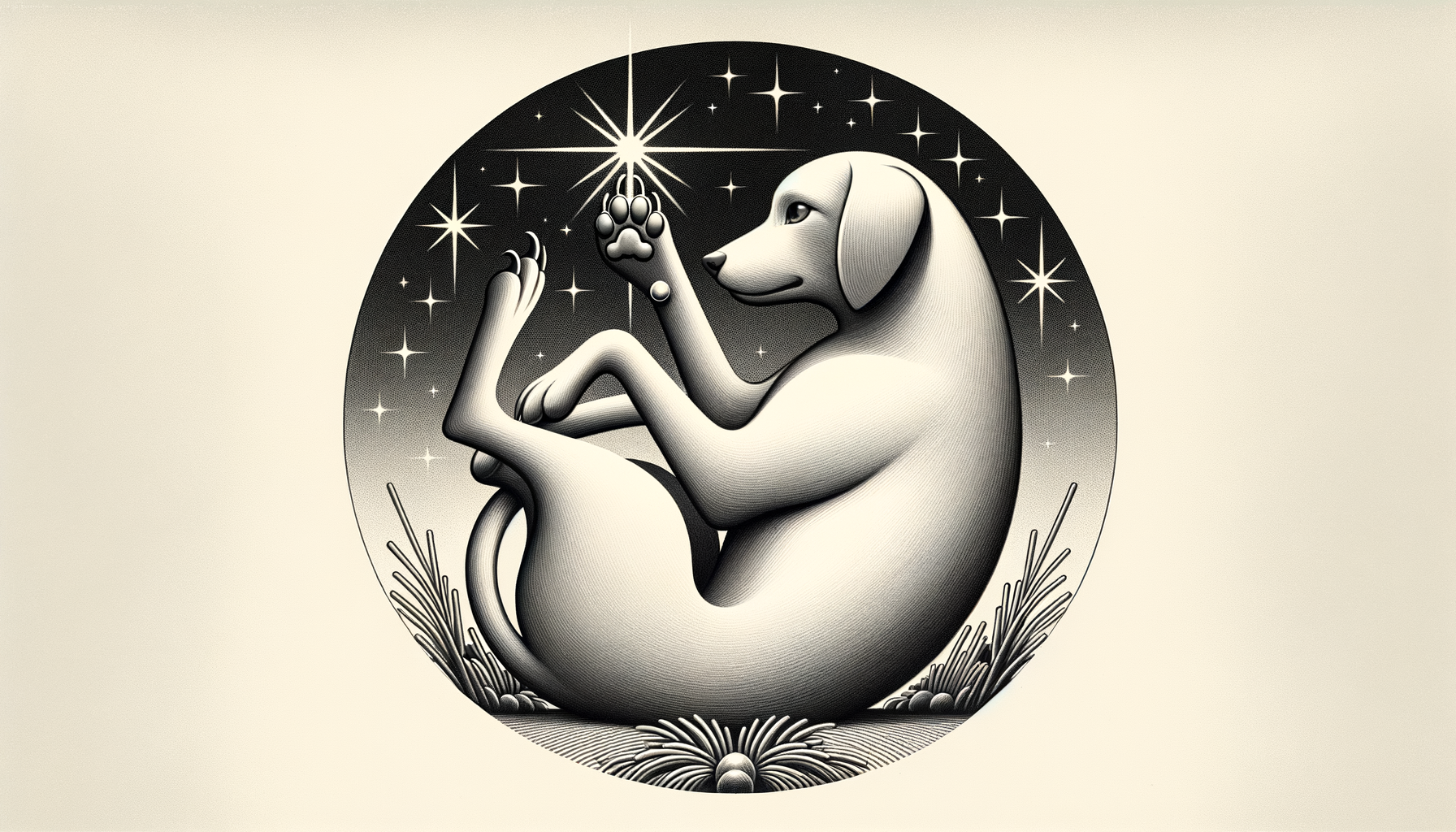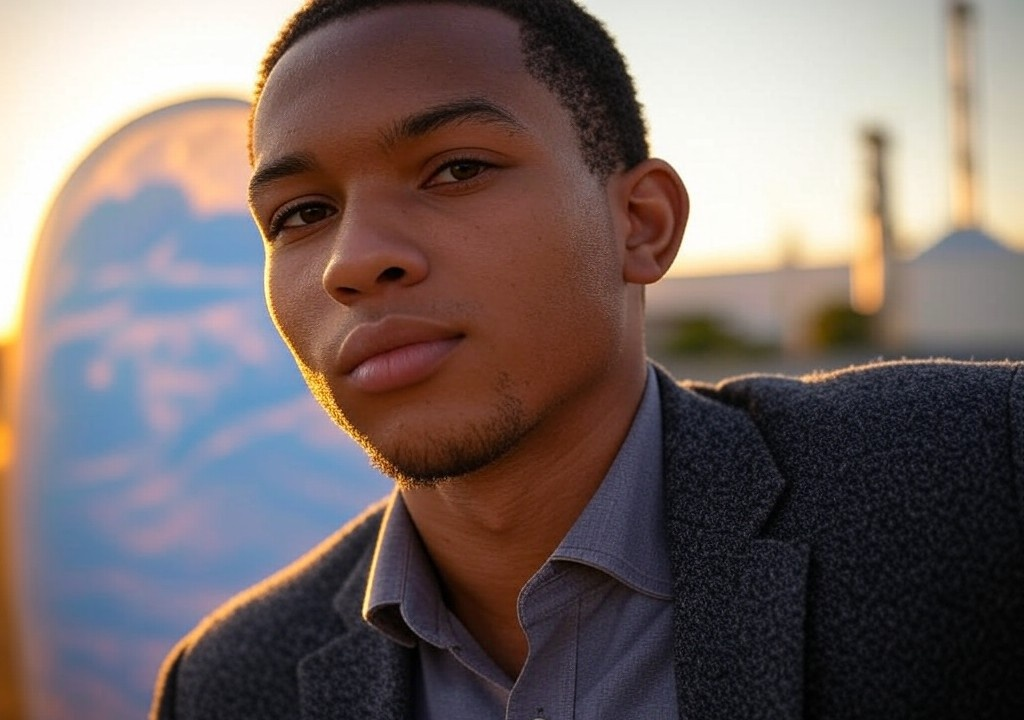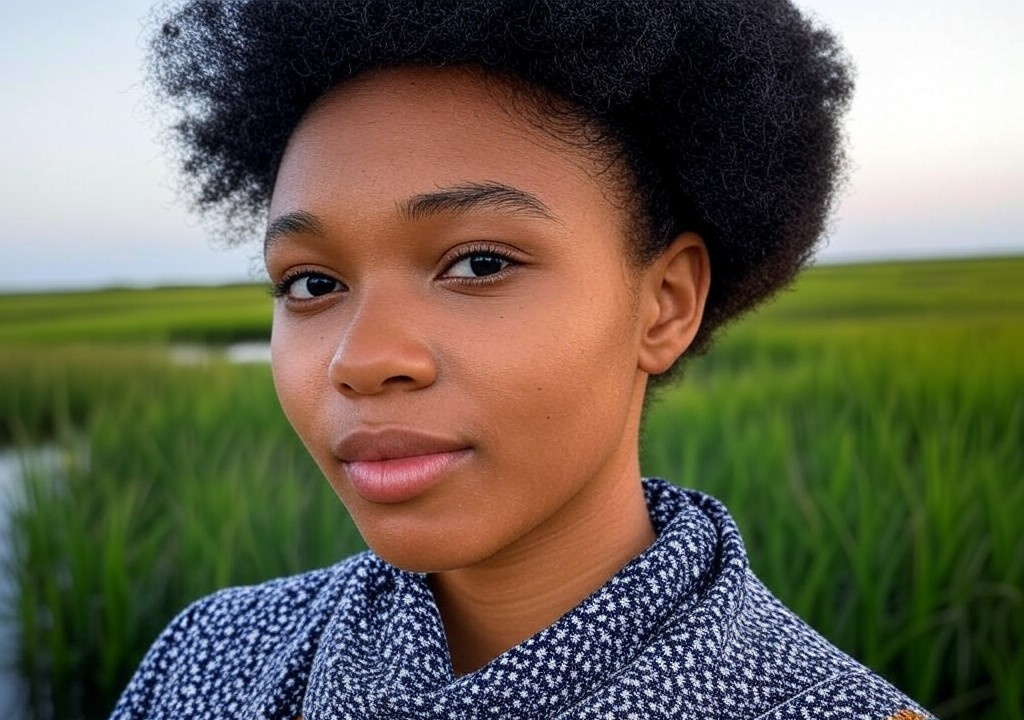There was a moment I didn’t see coming in my mid-twenties, one that hit harder than a golf ball slicing into the rough: realizing I had no clue how to communicate in relationships. Sure, I could close a marketing deal or wax poetic about the desert’s golden hour. But when it came to vulnerability? Emotional honesty? I may as well have been trying to survive on a broken compass in the middle of the Sonoran. And while I'd always considered myself a problem-solver, this particular roadblock felt like the kind you can’t just bulldoze through.
But then, somewhat accidentally, I stumbled upon a book that shifted everything. Not in a grand, fireworks-over-the-saguaro kind of way, but more like the humbling moment on a hike when you realize you’ve been watching the trail markers wrong. That book was "The Five Love Languages" by Gary Chapman. Yes, that book—the one you’ve probably heard referenced so many times you feel like you’ve already read it (even if you haven’t opened a single page). But hear me out—it didn’t change my life because it was groundbreaking or full of ideas I’d never considered. It changed my life because it gave me a language I didn’t know I needed.
The Map I Didn’t Know I Needed
I have to admit, when I first picked it up, I approached The Five Love Languages with skepticism. Frankly, I wasn’t sure how I felt about boiling the complexities of love into “languages” like it was some new-age Rosetta Stone. But then Chapman hit me with this whopper of a concept: loving someone isn’t just about effort; it’s about effort in the right places.
For those unacquainted, here’s the gist: Chapman proposes that everyone gives and receives love in one or more of five “languages”—words of affirmation, quality time, acts of service, physical touch, and gifts. It’s simple. Deceptively simple. Like how a golf swing should be simple until you’re five tries in and sweating buckets. But what made Chapman’s premise land for me was this: I realized I’d been trying to “love” people my way instead of theirs.
Take my dating life at the time. I’d been casually seeing someone—let’s call her Lily—and thought things were going pretty well. I’d write little notes to her (“words of affirmation,” check) and plan thoughtful outings (“quality time,” double check). I thought I was crushing it until she admitted she’d been feeling disconnected. Turns out, her love language was acts of service—doing things for her, not just with her. I remember blinking at her like a lizard caught in the Arizona headlights. Here I was thinking I’d been clever and meaningful. But in reality? It was like I’d handed her my favorite country music playlist expecting her to love it, when really, she wanted something entirely different—like an oil change for her car.
Cue me feeling like an idiot. And then—because this was life handing me a beautiful learning moment—cue me sitting down with Chapman’s book and devouring every page.
Love Is Like Desert Landscaping (Stay with Me Here)
Chapman’s philosophy isn’t just practical; it’s deeply freeing. Trying to love someone without knowing their needs is like trying to landscape a desert backyard without paying attention to the soil type. You might plant the perfect citrus tree, but if it’s in gravel that doesn’t drain properly? Say goodbye to your vision of a grapefruit oasis.
I started testing this newfound insight across all my relationships, starting with family. Case in point: my mom. Growing up, my default “language” had been gifts—carefully chosen birthday presents, random souvenirs from trips, thoughtful little gestures. I thought that’s what showed my love for her. But after revisiting old memories with my shiny-new Chapman lens, I realized her face lit up most when I did things for her: organizing her pantry, fixing small things around the house, or even proactively booking her an appointment she’d been procrastinating on.
Taking this insight back to my romantic relationships was like trading my old blunt toolkit for something high-tech and precise. No, it didn’t mean I suddenly became a guru—relationships are still messy (and beautiful) no matter how much guidance you get. But here’s what I realized: when you finally understand how someone feels loved, even the smallest gestures work on a deeper frequency. Instead of scattering seeds and hoping something blooms, you know exactly where to plant and how to tend.
Practical Lessons for the Real World of Love
Now, I’m not saying The Five Love Languages is the holy grail of relationships. But its concept—choosing to learn and prioritize how someone else receives love—is powerful. It’s also laughably applicable to everything from dating to friendships to that weird liminal zone of post-breakup “closure.”
Here’s what the book boiled down for me in practical terms:
-
Get Curious
You know how TV chefs say, “Taste as you go”? Relationships are like that. Ask. Listen. Repeat. Want to know someone’s love language? Watch how they express their own care. If they’re always offering to grab your coffee or fix a wobbly chair in your apartment, odds are, acts of service rank high for them. -
Adjust Your Effort, Not Your Personality
This was big for me. Figuring out someone’s love language doesn’t mean becoming someone you’re not. It’s about pivoting—like swapping marketing strategies to better engage your target audience. You stay you but find ways to communicate your care in a way that resonates with them. -
Don’t Forget Yourself
Maybe it’s a desert-dweller thing, but I believe in checking the temperature regularly—both in your environment and within yourself. Learning your own love language is just as important as learning someone else's. For example, I’m a “quality time” guy through and through. Realizing that meant I stopped downplaying how much I value undistracted moments together. -
It’s OK to Mess Up
Relationships, much like desert ecosystems, are resilient. If you forget to water the plants here and there, it doesn’t mean they’ll die (especially if they’re succulents). Growth happens incrementally—through a mix of effort, patience, and learning.
The Takeaway
At its core, The Five Love Languages didn’t teach me a brand-new concept. Instead, it gave me a formula to make sense of my own experiences—and, perhaps more importantly, my failures—in love and connection. It was like getting the right lens prescription: suddenly, relationships felt less like a guessing game and more like a collaborative art project where the effort paid off tenfold.
So, whether you’re building the beginnings of a romance or fortifying an old connection, remember this: understanding the person across from you is the ultimate act of love. It’s not just about knowing “how” they feel loved—it’s about showing up, consistently, to meet them in that space. That’s where the magic happens.
Because when you stop planting citrus in rocky soil and learn to work with the landscape in front of you? That’s when the desert finally blooms.


